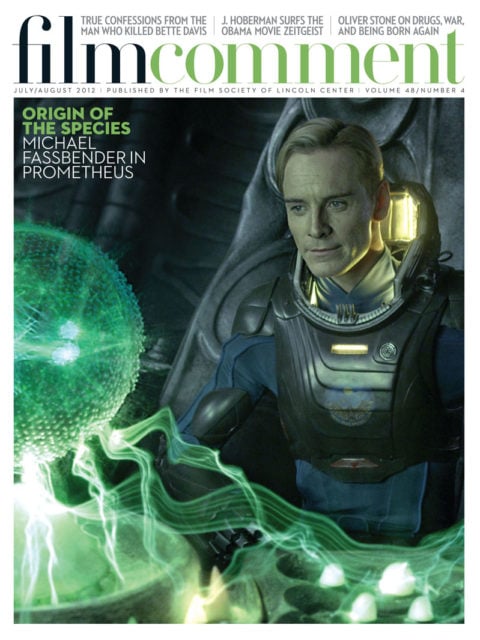Shot length studies—the methodical statistical breakdown of entire films by the duration between cuts—are nothing new. But what was once painstakingly gleaned through the cranks of a Steenbeck is now done with mouse clicks and recorded online.
For the past five years, University of Chicago professor and Russian cinema scholar Yuri Tsivian has championed a free software called CineMetrics. CineMetrics tallies minimum, maximum, and median shot length, standard deviation, and other numerical nuggets, enabling more refined and dynamic calculations beyond ASL (average shot length). Findings are transposed to a bar graph displaying the length of each individual shot and a trend line tracing changes over the course of the film.
The result is a gargantuan online database of shot length stats currently over 7,000 films deep. At a glance the CineMetrics visualizations can reveal the micro-operations of shot-length distribution and the eddying, overarching montage patterns across a film, a body of work, or an entire period of cinema.
After a while, this can seem like trying to see the baby by smelling the bathwater. But however one appraises the usefulness of this store of esoteric data, there’s an enticing strangeness in such a reverse translation, and an undeniable cinephilic tickle in seeing a film rigorously abstracted into a mathematical fact. With shots swaying from 0.7 to 48.3 seconds, the graph for L’Age d’Or looks like a severely dented open paint can wobbled across it. Along a y-axis the prodigious number of long takes in Mizoguchi’s Crucified Lovers produce a kind of inverted city skyline.
The world is no worse for knowing the sine wave of L’Atalante. And it is marvelous to think that somehow, seemingly impossibly, everything that has ever come of watching 2001: A Space Odyssey arose out of 601 shots somewhere between 0.2 and 164.9 seconds long. Go, figure.








